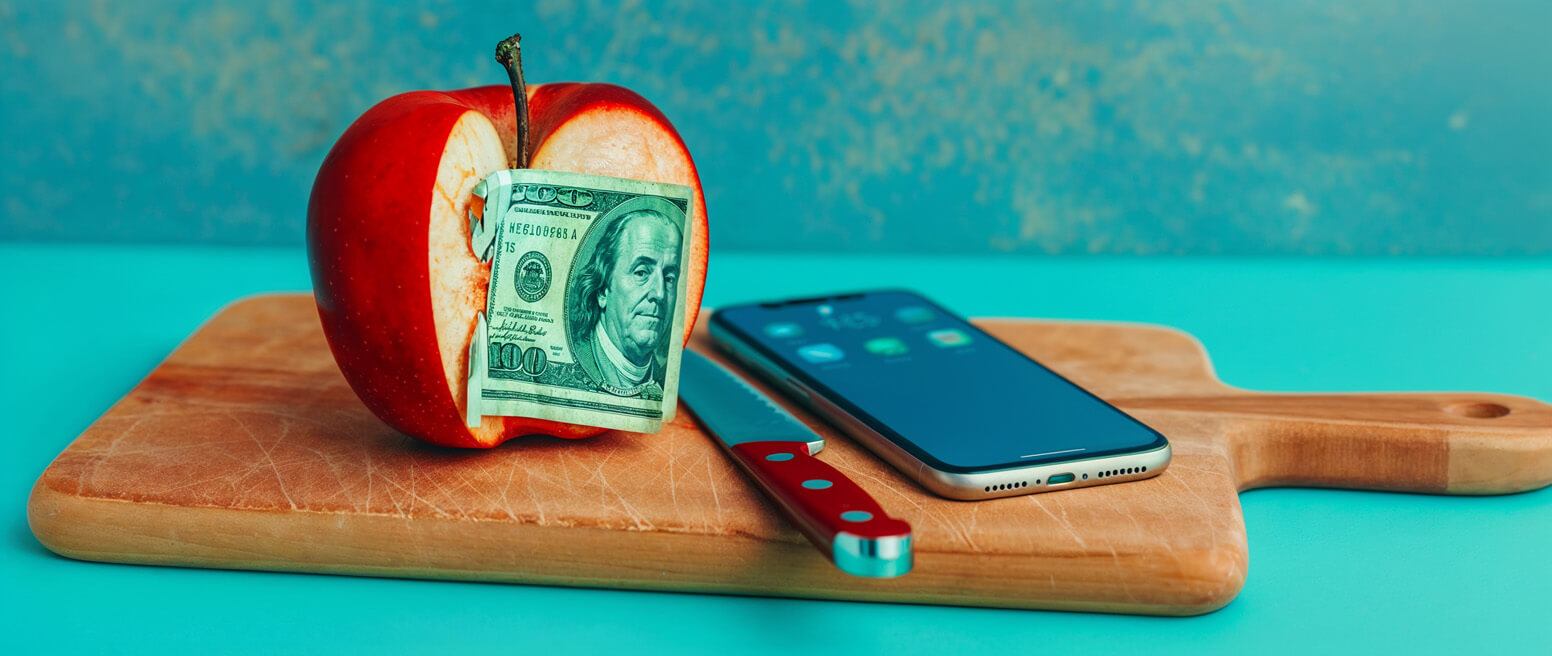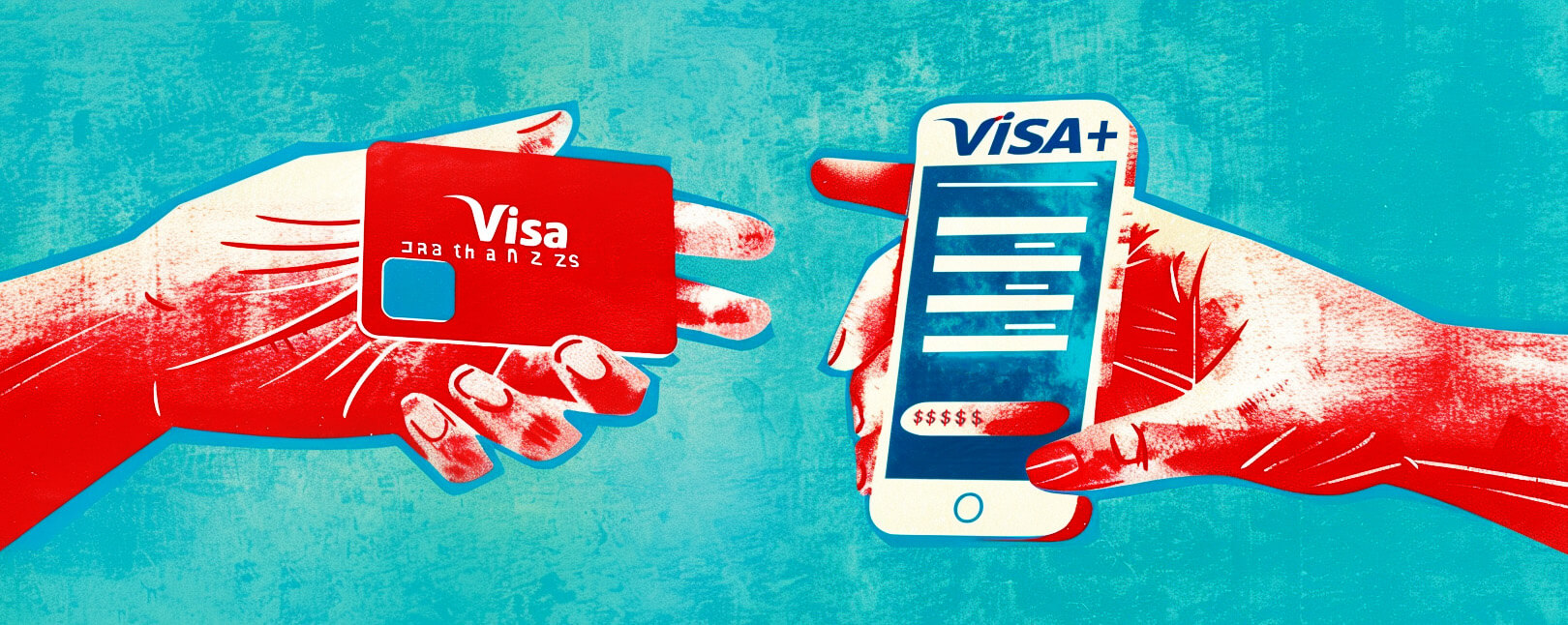So-called “chip-and-PIN” technology was a revolution in payments when it first hit the scene. For instance, after these machines were introduced in the UK in 2006, annual credit card fraud losses there dropped by nearly £82 million through 2014.
The following year, the EMV liability shift occurred in the US. This meant that chip-and-PIN debit cards were now mandated by every major card network for merchants who wanted to avoid fraud liability. This was done because chip-and-PIN technology was clearly the safer and more secure payment option compared to older, signature-based verification.
But…is that all you need to know?
Chip-and-PIN comes with quite a few perks, but also some drawbacks, too. Here, you’ll find out what chip-and-PIN technology is, how it works, why you need it, and where to get it. We’ll also tell you what it can’t do for you, and how you can fill in the gaps.
Recommended reading
- How to Use a Contactless ATM & Where to Find Enabled Devices
- Terminal ID Number (TID): What is it? What Does it Do?
- What is EMV Bypass Cloning? Are Chip Cards Still Secure?
- Dispute Apple Pay Transaction: How Does The Process Work?
- Visa+: Get the Most Out of Digital Wallets With This Tool
- Mastercard Installments: How Mastercard BNPL Works
What is Chip-and-PIN Technology?
- Chip-and-PIN
Chip-and-PIN refers to a fraud detection method which uses tokenization technology to transmit one-time-use encrypted information in place of cardholder data, combined with a PIN (Personal Identification Number). Because the cardholder’s data is never transmitted, it is much harder for hackers to intercept and steal it.
[noun]/* CHip • ənd • pin/
“Chip-and-PIN” is shorthand for using EMV microchip-enabled credit and debit card technology in conjunction with EMV-compliant hardware and software and a PIN code. This technology is designed to improve the security of credit and debit card transactions.
Chip-and-PIN technology can be beneficial in most transactions. However, there are some situations in which it’s an absolute necessity:
- If payments exceed the contactless limit ($200 in the US).
- If the cardholder exceeds the transaction limit ($100-$250 in the US).
- If the cardholder is using a chip-and-PIN credit card for the first time.
- If a cardholder makes multiple contactless purchases
Face-to-face sales are an excellent way to earn a living if you’re a brick-and-mortar shop owner. Contactless payments are on the rise, though. Luckily, transactions facilitated by near-field communication (NFC) can take advantage of the same tokenization technology as any chip-and-PIN sale.
How Does Chip-and-PIN Technology Work?
Given the rise of mobile and contactless payments, credit cards with chip-and-PIN have all but replaced signing a dotted line for purchases in the European market. They speed up the payment process considerably. They also tend to be more convenient for shoppers.
Every standard debit or credit card now issued by a bank comes with a small chip embedded into the front of the card. If chip-and-PIN is being used then, the cardholder will be prompted to type in their PIN to complete the transaction after the microchip is inserted into an EMV-enabled card reader.
If the correct PIN has been entered, the chip-and-PIN machine will read the encrypted information embedded in the card’s microchip. If the cardholder’s input does not raise any red flags, the bank will send an approval notification back to the merchant. This entire process only takes a few seconds.
Depending on the merchant’s payment processor, the funds from the transaction will typically be deposited in 1-5 business days.
How Can Chip-and-PIN Transactions Benefit You?
First, there’s the fact that every major card network has long since mandated EMV transactions. In addition, there are many ways in which merchants can benefit from chip-and-PIN cards:
Have you been reluctant to accept contactless payments up to this point? Now is still a great time to take advantage of everything the technology offers.
Customers may still insert or swipe chip-and-PIN cards to make purchases. However, adding the contactless variety only broadens your customers’ preferred payment options. It will encourage them to spend money with you, rather than a competitor.
Which Chip-and-PIN Machine Do I Need?
You need to take advantage of chip-and-PIN technology. But, how do you get started? The answer depends on the specifics of your business.
Do you want an entry-level chip-and-PIN reader? Or, do you need something that prints receipts? Maybe you need a stationary countertop terminal to access CRM and bookkeeping software simultaneously?
Whatever your needs, there are devices designed just for your business. Some are even customizable.
Option #1 | Portable Chip-and-PIN Readers
There are a few entry-level chip-and-PIN devices to choose from that will easily allow you to take mobile and on-the-go payments. All you need to make this work is a smartphone capable of downloading and using mobile payment applications.
Square is a great introductory option that offers a fully mobile payment device that can be used anywhere their mobile network is functional. The reader plugs directly into the phone’s power receiver, and merchants may input payment details directly into the Square app or via the portable contactless payment terminal.
Option #2 | Semi-Portable Chip-and-PIN Readers
Your business may require mobility and terminal functionality at once. In that case, Square also makes a portable hand terminal that functions much like a traditional POS terminal and can instantly print receipts on the go.
This option works great for restaurants, concert venues, or other fast-paced small businesses that need to make payments swift and flexible. Other providers that make equally good hardware for this method are CloverGo, Ingenico, and PayPal Zettle.
Option #3 | Countertop Chip-and-PIN Devices
Options one and two are easy and convenient. However, you have very limited options. Sellers have far more options to choose from regarding countertop terminals.
Here, we’d advise you to carefully consider what type of business they have, Think about whether or not budget and speed are issues, and whether or not you require built-in accounting and CRM software.
Once you figure out which chip-and-PIN machine suits your business best, it’s time to factor in budgetary considerations.
How Much Does Chip-and-PIN Cost?
Chip-and-PIN costs and transaction fees vary according to the type of business you have, the payment processor you choose, and the machine you prefer.
Depending on which terminal you need, you can start receiving chip-and-PIN and contactless card payments for as little as $49 with the Square reader mentioned above. That price includes the reader and a free point-of-sale app to begin taking payments immediately.
If you want to upgrade to other services, though, the fees get a little more complicated. For example, Square’s standard processing fees are 2.6% + $0.10, as of this writing. Payments that are manually keyed in, processed using a card on file, or manually entered using a virtual terminal have a 3.5% + $0.15 fee. Invoices cost 2.9% + $0.30 or 3.5% + $0.15 if processed using card on file.
Clover, Square’s direct competition, does not feature products that merchants can hybridize with their own devices. However, they offer more straightforward processing fees for their devices. Their introductory pricing looks like this:
- Clover Hardware: $1,349-$1.649 (Clover Station Solo)
- Clover Software: $39.95 (Register plan)
- Clover Credit Card Fees: 2.3%-2.6% + $0.10 per transaction
Clover offers many of the same features as Square, but they provide advanced hardware even at an introductory level. From there, their products get increasingly more sophisticated.
Both of the payment providers we mentioned above may offer special introductory pricing and transaction fees. Ultimately, though, it’s best to consider your business from every angle to determine which company best suits your specific needs.
Simply put, the answer is “whichever provider is the best fit for your business.” That can be frustratingly vague, but the truth is that each provider is different. The one that will work best for you depends on your product, vertical, sales model, etc.
Check out our picks for the top 10 payment processors of 2022
How is Chip-and-PIN More Secure?
As mentioned above, chip-and-PIN cards are more secure, no matter how they are used. Why, though?
The reason for this is the dynamic encryption software hardwired into each chip. Magnetic stripe cards often hold the same information regarding the cardholder’s account. They ultimately lack the encryption required to secure those payments, though.
Before EMV, fraudsters could use skimmers and other methods of card copying to counterfeit a cardholder’s account details. This was assuming they didn’t simply steal the card and use it, as there were few meaningful safeguards to prevent its use.
However, EMV technology deployed using a chip-and-PIN method means there is no static data for the fraudster to steal. The dynamic encryption changes each time the card is used. The token used in place of cardholder information is void after one transaction, making it almost impossible for fraudsters to crack or replicate.
While this data is promising, be aware that no credit card fraud prevention solutions are ever 100% effective against fraud. Chip-and-PIN authentication is a vast improvement over magnetic stripe technology, but it still features vulnerabilities of which you should be aware.
The Downsides of Chip-and-PIN Technology
No matter how efficient, speedy, practical, or sophisticated chip-and-PIN technology is, it can never prevent every act of fraud. No program or system on earth is capable of such a feat. That’s true, no matter what any company promises you.
These cards and contactless terminals are indeed more secure than their predecessors. That said, there are several things they cannot do for you.
Need Help Fighting Fraud & Chargebacks?
Chip-and-PIN cards can be a great asset in the fight against fraud. However, you can’t rely on any one solution to solve this problem.
Fighting back against both criminal and friendly fraud demands a multifaceted fraud prevention strategy. This is crucial to not only prevent incoming acts of criminal fraud, but also defend your business from post-transactional threats like friendly fraud.
Chip-and-PIN technology works best in tandem with practical fraud tools and chargeback management. As an industry leader for over ten years, Chargebacks911® is uniquely placed to help you focus on what’s essential: protecting your bottom line.













